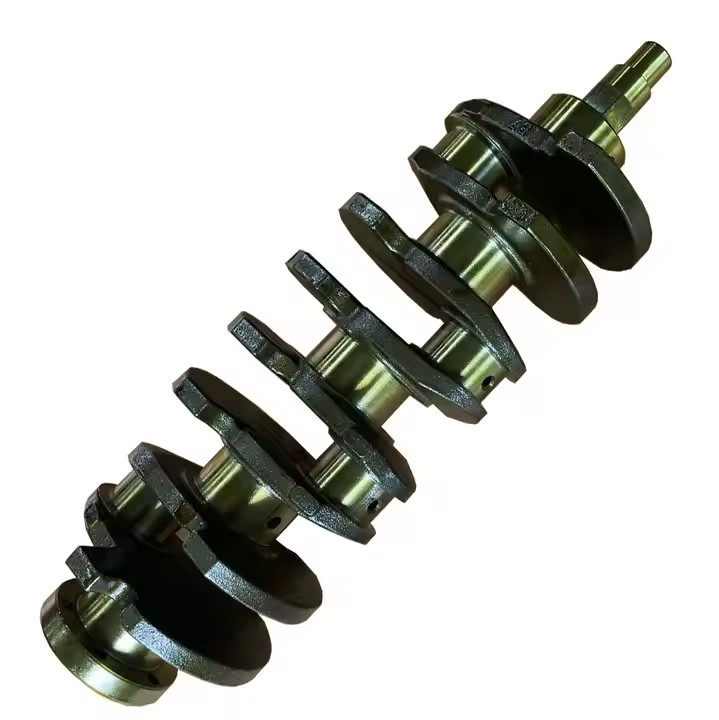The Crucial Role of Engine Oil
Engine oil is the lifeblood of an engine, providing essential lubrication, cooling, and protection against wear and corrosion. But have you ever wondered how the crankshaft design influences engine oil pressure and circulation? In this article, we'll explore the fascinating relationship between these engine components and offer practical insights to help you better understand and maintain your engine's health.
The Intricate World of Oil Pumps and Galleries
At the heart of engine oil circulation is the oil pump, typically driven by the crankshaft via a series of gears or a chain. The oil pump's job is to draw oil from the sump and force it through the engine's oil galleries—a network of passages that deliver oil to critical components like bearings, pistons, and camshafts.
Understanding Oil Pressure
Oil pressure is simply the resistance offered by the engine's oil galleries and components to the flow of oil. This resistance creates a pressure that helps maintain a consistent oil film between moving parts, reducing friction and wear. Generally speaking, higher oil pressure results in better lubrication, but it's essential to strike a balance between adequate pressure and excessive strain on the oil pump and related components.
How Crankshaft Design Affects Oil Pressure and Circulation
Crankshaft design has a significant impact on engine oil pressure and circulation, primarily due to its role in driving the oil pump and the presence of oil-carrying passages within the crankshaft itself.
Oil Pump Drive and Efficiency
The design of the crankshaft's oil pump drive mechanism can influence oil pressure and circulation efficiency. For example, gear-driven pumps tend to be more efficient and generate higher pressures than chain-driven pumps, but they may also be more prone to noise and wear. Conversely, chain-driven pumps may offer quieter operation and longer life but at the expense of reduced pressure and efficiency.
Crankshaft Oil Galleries and Drilling
Many modern crankshafts feature internal oil galleries or drilled passages that direct oil to critical bearing surfaces. The design and layout of these oil galleries can significantly impact oil pressure and circulation, affecting both the quantity and distribution of oil throughout the engine. Optimizing crankshaft oil galleries can help improve engine performance, reduce wear, and extend engine life.
Practical Applications and Tips
Now that we've explored the relationship between crankshaft design and engine oil pressure and circulation let's look at some practical applications and tips to help you make informed decisions about your engine's health.
In Conclusion
Understanding how crankshaft design influences engine oil pressure and circulation is essential for anyone looking to optimize engine performance, reduce wear, and extend engine life. By carefully considering factors like oil pump design, drive mechanism, and crankshaft oil galleries, you can make informed decisions about your engine's health and enjoy the benefits of improved lubrication, cooling, and protection.
So, the next time you're working on your engine or consulting with an engine builder, don't forget to consider the often-overlooked role of crankshaft design in engine oil pressure and circulation. Your engine will thank you!




